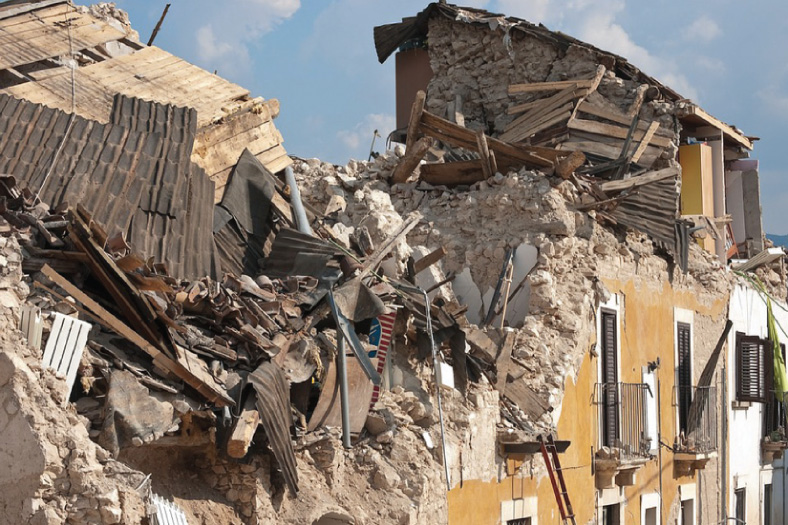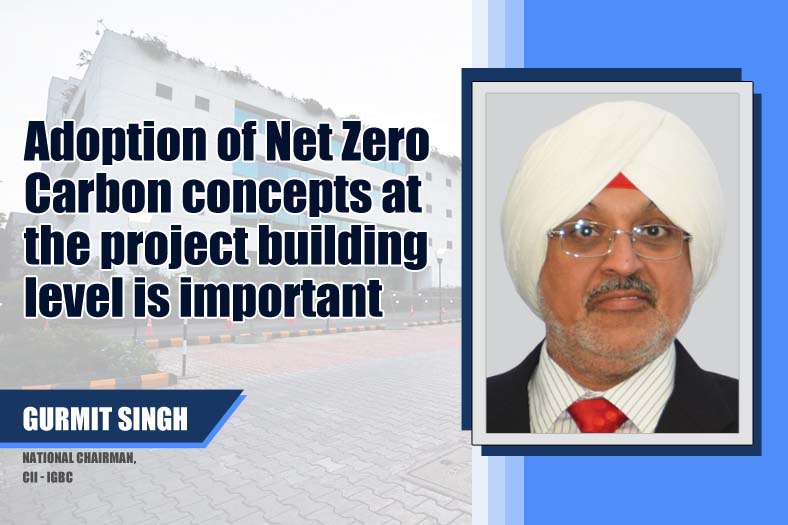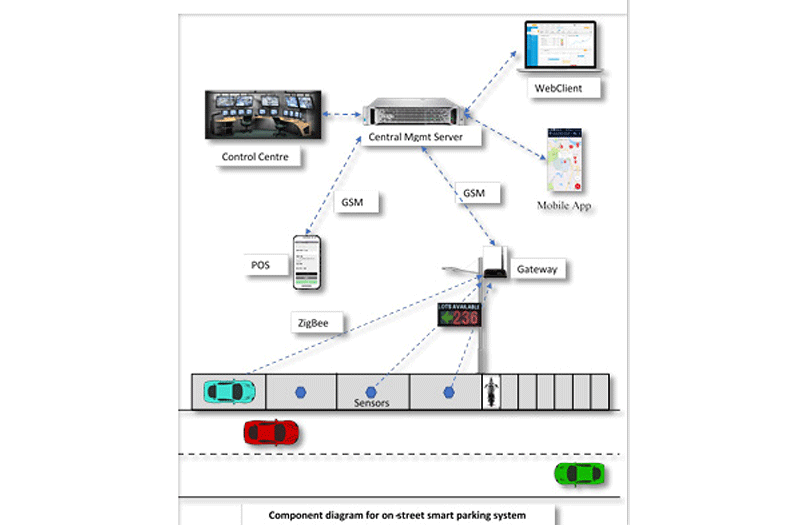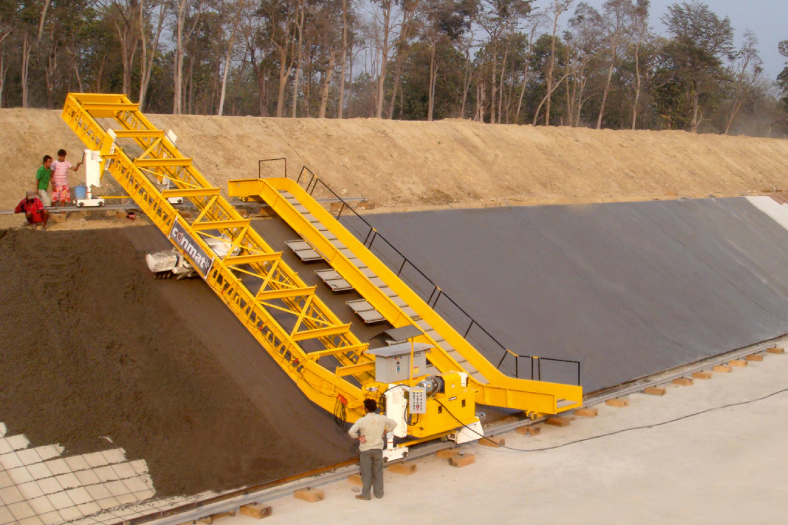A ‘crash’ course on building collapses

Over the last few years, there have been continuous incidents of collapsing old constructions in India. As per data shared by the National Crime Record Bureau (NCRB), more than 14,000 people have died from 2010 to 2015 due to dilapidated building collapses. At an average, 2,700 people lose their lives in different structural breakdowns every year.
Across all the major cities in India, Mumbai has been witnessing the maximum cases of structural collapses. Between 2010 and 2015, there have been approximately 13,470 incidents of structural collapse in the country, and Mumbai alone accounted for 1,366 of these. This amounts to over 10 per cent of the total incidents. The collapse of buildings, specifically old constructions, has been continuously increasing in recent years.
The life span of any building depends on many factors, including quality of building materials, external weather conditions, structural design and age of the structure. However, it is observed in the recent past that many collapses happened due to negligence of residents living in these old constructions. Most of the times, these old buildings are left dilapidated and never refurbished, even where residents had noticed severe cracks beginning to appear in the building. As no actions taken despite warnings, the buildings eventually collapsed.
The age of construction is one the most crucial factors related to a building stability. Over time, construction materials deteriorate; old buildings are always at greater risk because of deteriorated building materials like mud mortar and galvanised pipe plumbing systems.
Buildings approaching a construction age of 15 years or more should be regularly inspected, repaired and, if needed, redeveloped. Since checking all aspects of construction may not be possible for individual residents, the services of an independent auditor must be employed. This can provide a primary line of defence against building collapses. Some initiatives are already being promoted by the Planning Commission in India to ensure continuous quality certifications and audits via entities such as Durocrete Construction Quality Rating Agency and the Construction Industry Development Council (CIDC).
Above is a key inspection checklist of aspects, along with suggested intensity and frequency (based on age of the construction), which residents should regularly inspect or have inspected – and, if required, ensure repair, redevelopment or vacating the building based on severity of dilapidation.
Cookie Consent
We use cookies to personalize your experience. By continuing to visit this website you agree to our Terms & Conditions, Privacy Policy and Cookie Policy.









